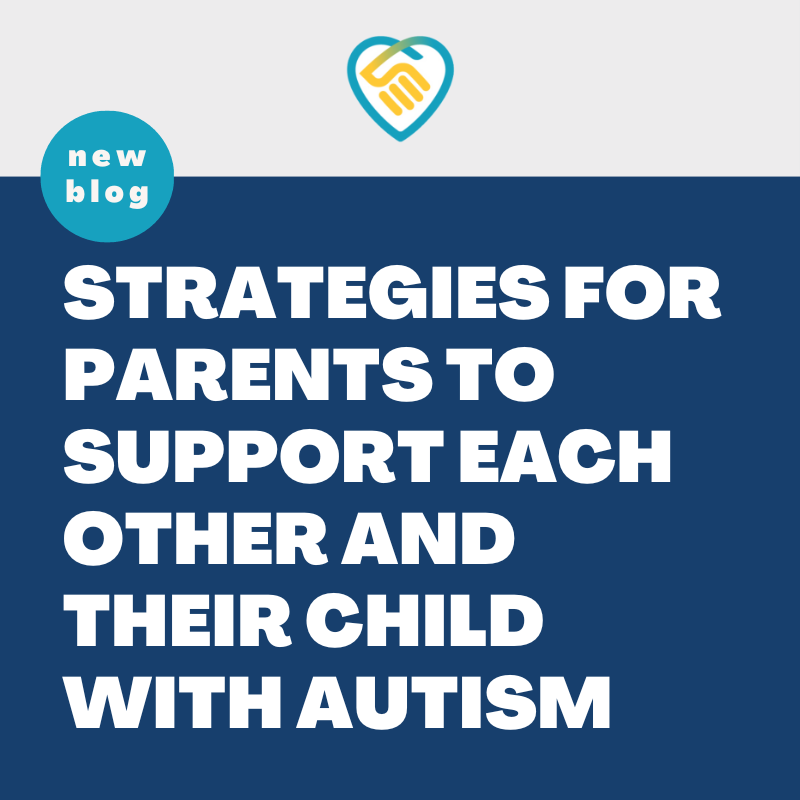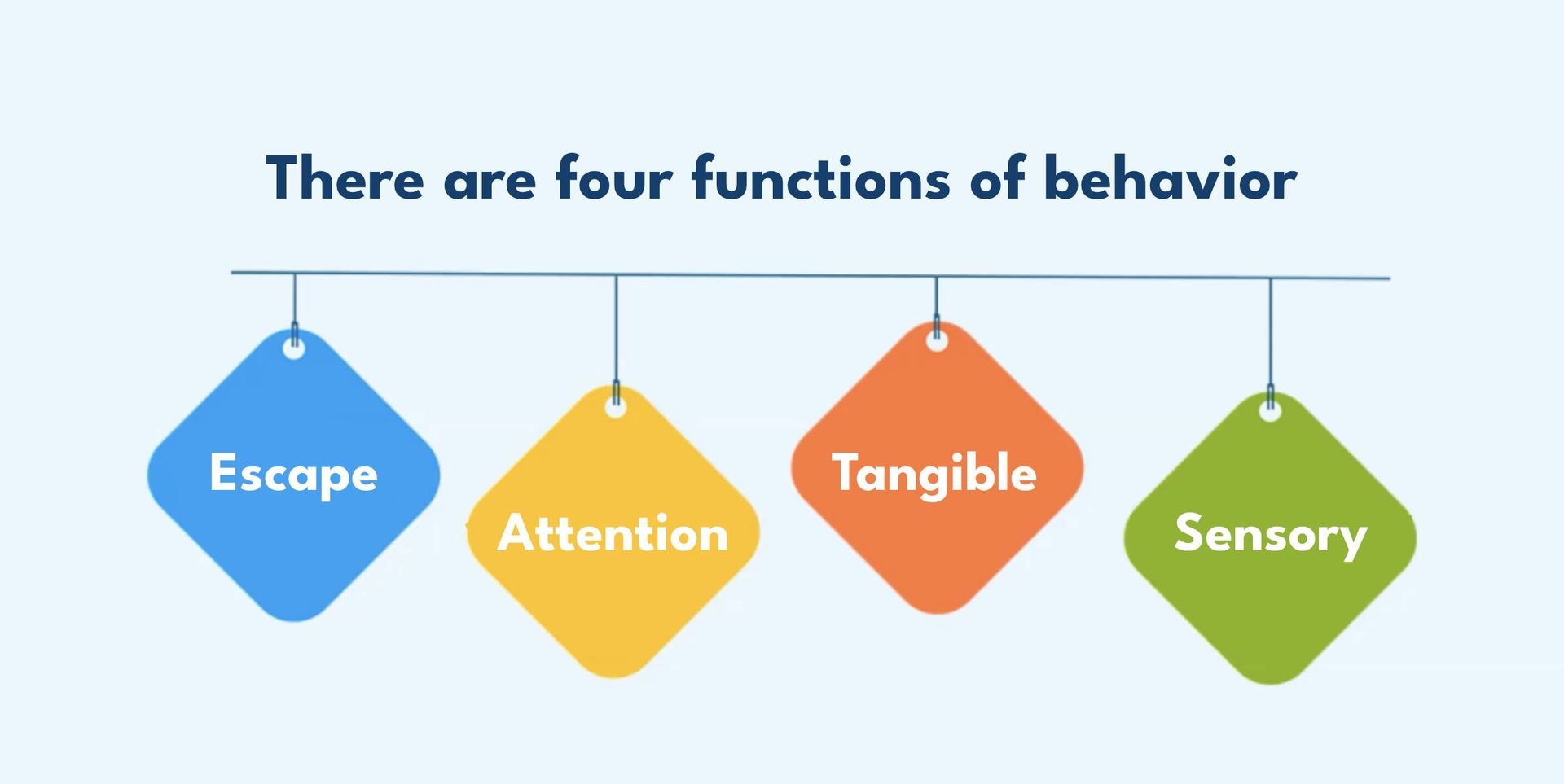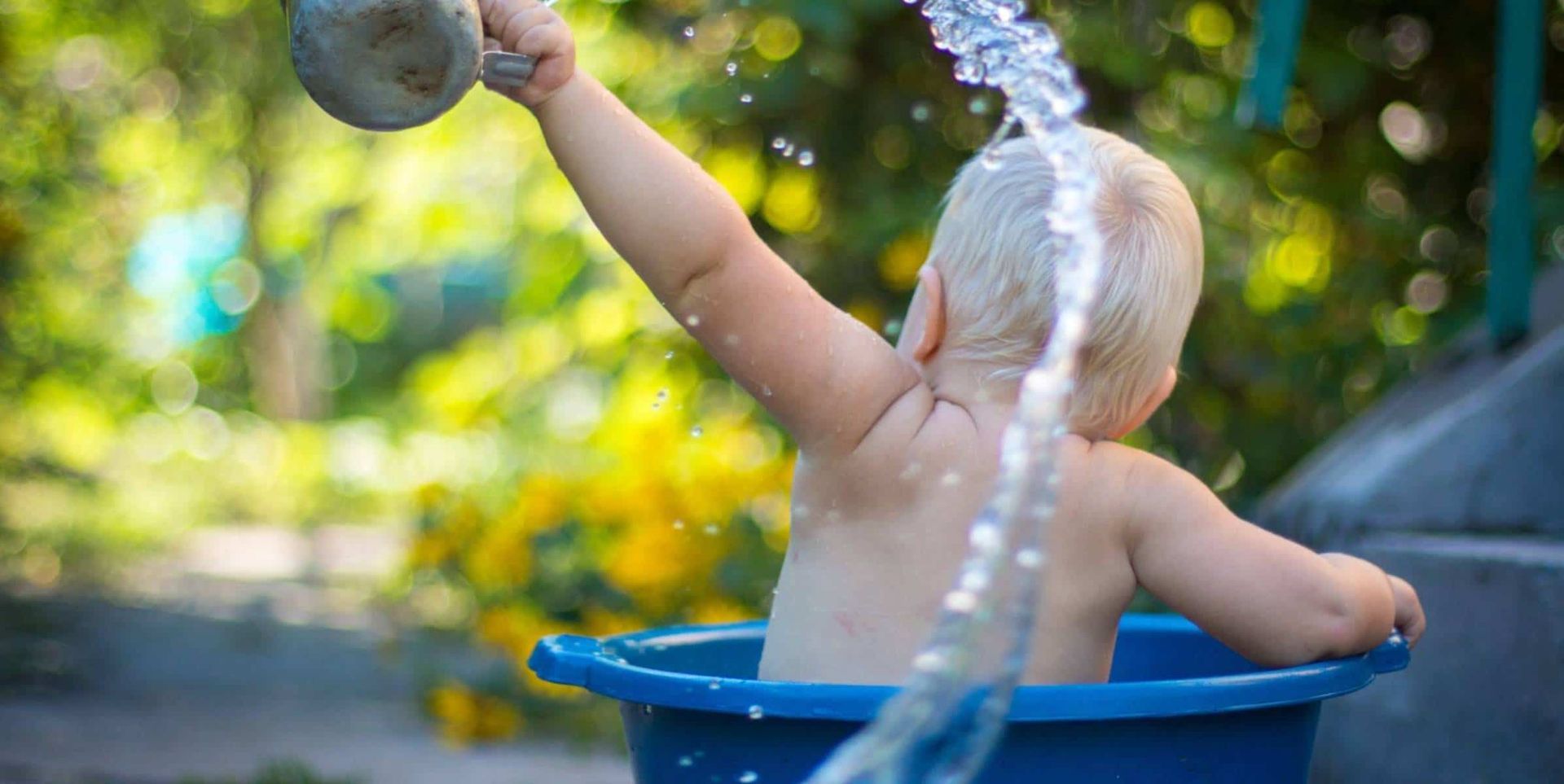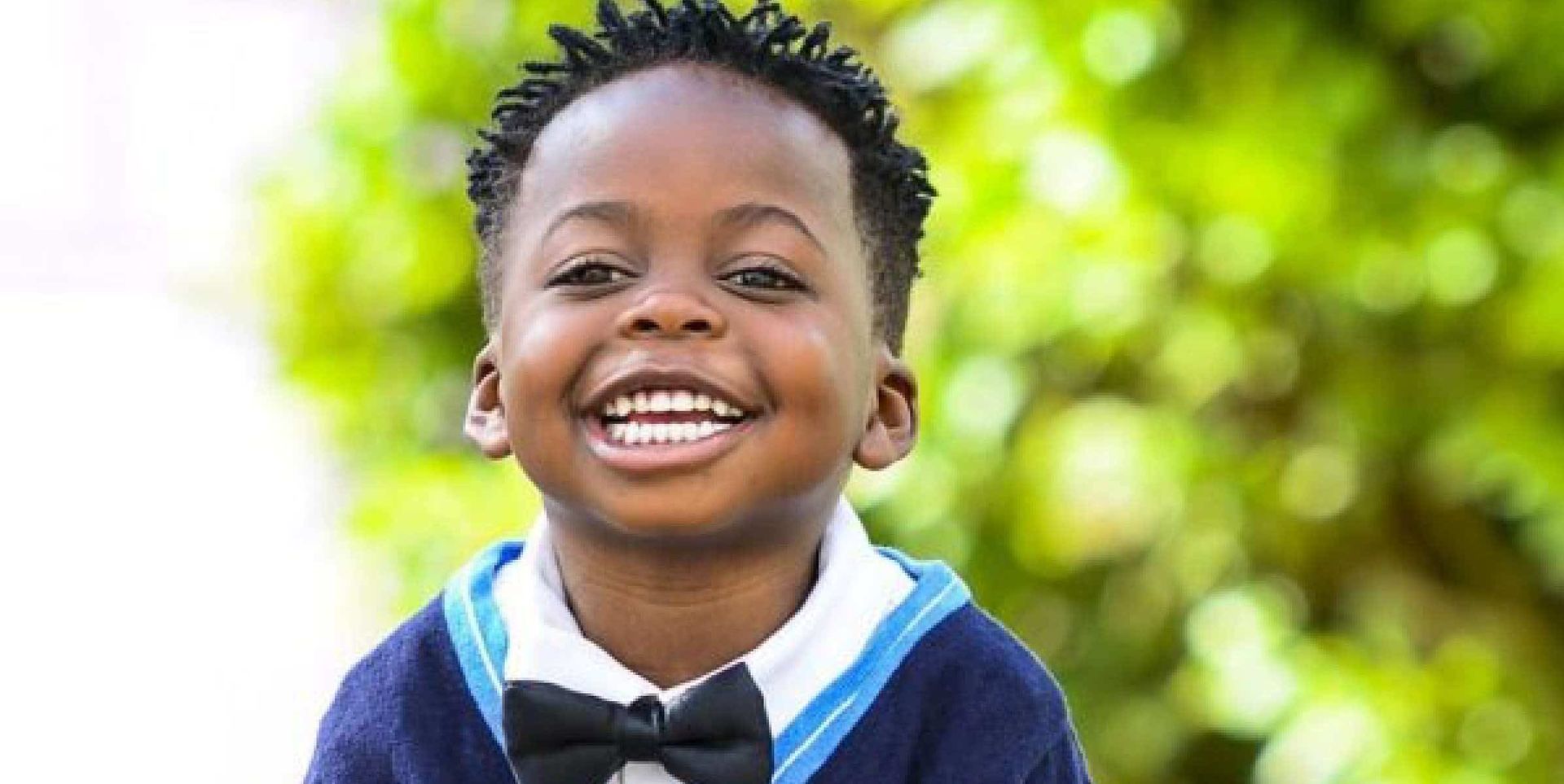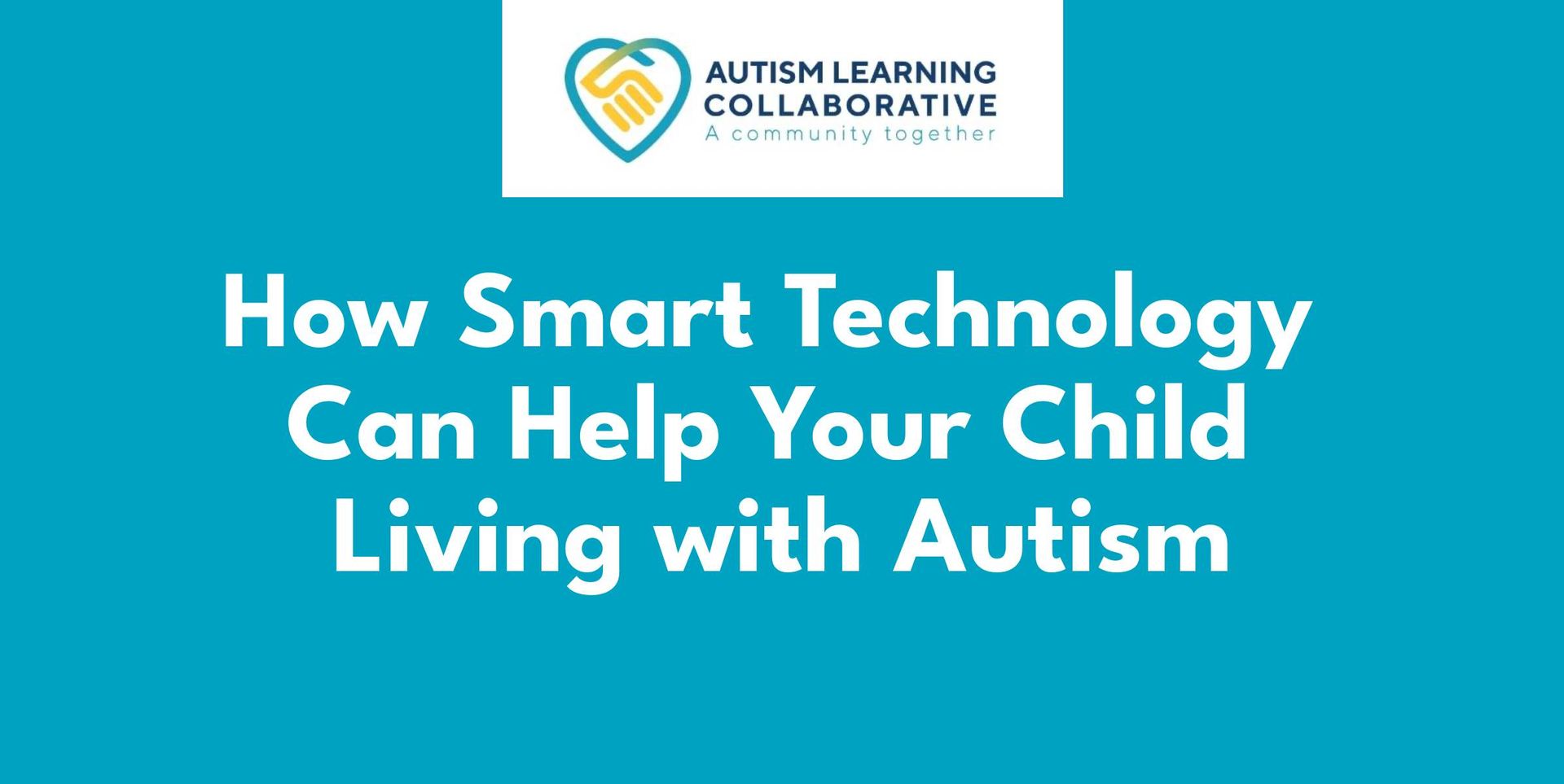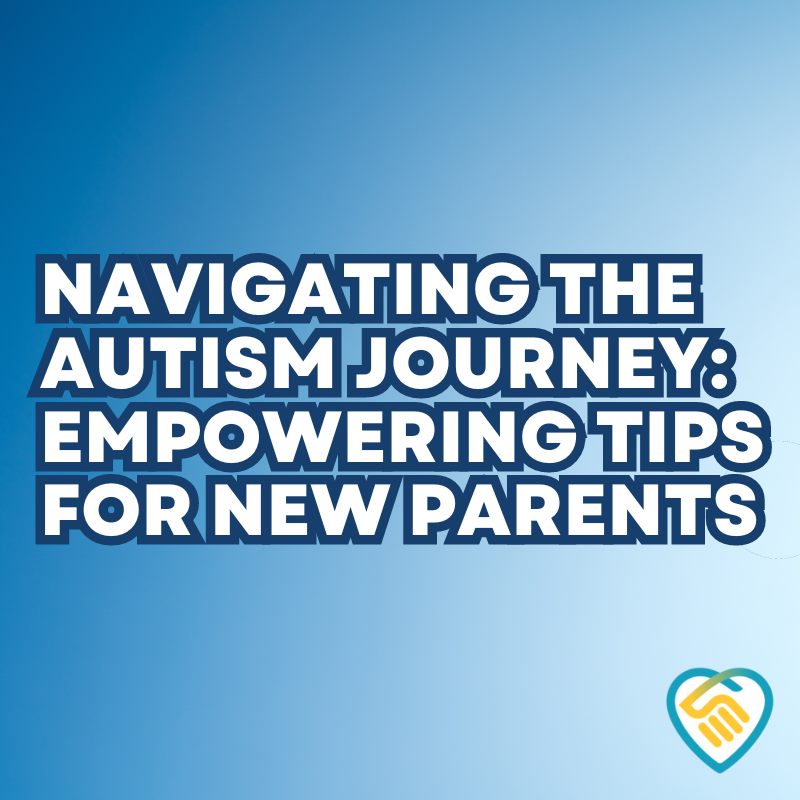03 May, 2024
Being a parent of a neurodiverse child has its own set of challenges. Challenges that can be so unique that a practitioner may have to get creative with evidenced-based interventions. Being a parent of a neurodiverse child AND a practitioner is a completely different story. Especially 10-15 years ago. Let’s talk about this. Many years ago, I knew my then 2-year-old daughter was different. Whenever anyone asked me how she was different, I could never put my thoughts adequately into words. “She is just different.” The general response would be, “Well, she just NEEDS discipline. Spank her, put her in time out.” I had so many conflicting feelings about this. My instincts were screaming “THIS IS NOT RIGHT!” My brain was at battle with myself daily. I fought negative thoughts and comments from family telling me I was not a good mother or parent, and my child was unruly. At 2 years old, my daughter was engaging in screaming, kicking, biting, hair pulling, crying, scratching, punching and slapping behaviors during transitions from the home to the community. She did not prefer ANY change to routine, did not like various smells, lighting, and sounds. She struggled with social and play skills with peers and only wanted one person, ME, her “momma”. Getting the Diagnosis: Fast forward through years of struggles, heartache, trauma and being ostracized (not only myself but my child by family and peers), she got a diagnosis! After visiting numerous physicians (so many I lost count) and countless misdiagnoses, she was FINALLY diagnosed at the age of 10 years old with Asperger’s Syndrome. The uphill battle began with family, friends and her school district. During this entire time, I continued to hear what a terrible mother I was and witnessed my child being excluded from school functions by her peers and being bullied daily. Helping as a Parent: I accessed any resource I could to help her. There was not much to choose from. Most of the resources were for children with level 3 autism spectrum disorders or significant behavioral issues such as drug or alcohol dependency. Nothing, absolutely nothing, for a high functioning child with sensory and social skill needs. At that time, the only true resource we had available was an intensive parent training program and ABA services for my daughter. During this time, I saw her blossoming. It gave me hope. It inspired me to get into this field I so adore today. I say all of this NOT to discourage parents from seeking help. I share my story to reflect on how much this field has changed in 10+ years. Today, the resources are plentiful. Private and public ABA resources from schools to individual companies and government funded programs. ABA practices focusing on assent-based, trauma-informed, evidence-based interventions. Absolutely incredible the amount of assistance to help our children of all ages. Trust your Gut! As I reflect on these changes, I can’t help but wonder how all of these resources would have impacted my daughter and my other children like her not so long ago. My momma heart swells with pride thinking of how much she has overcome to get where she is today. For all the parents out there who may be listening to the “noise” of others, DON’T. Follow your instincts, seek the resources, advocate for your child. You got this! Lori Vitello, MA, BCBA, LBA Autism Learning Collaborative St. Louis In-Home Branch Assistant Clinical Director www.autismlearningcollaborative.com


